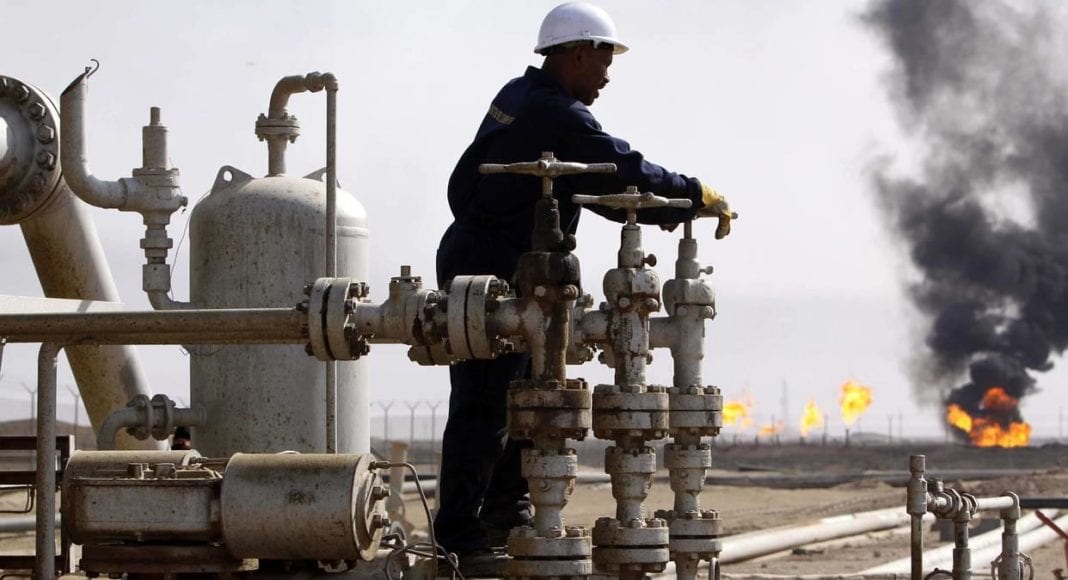Despite reports of oil field staff withdrawals in Iraq over concern of retaliation from Iranian backed militants, all upstream operations and exports in Iraq are continuing normally, according to local sources, but western oil majors still remain a potential target for those looking to exact revenge for the US airstrike that killed a top Iranian military commander.
The US Department of Defense confirmed late Thursday that Iran’s General Qassim Soleimani had been killed by the US military in response to his role in recent attacks on American diplomats and service members in Iraq and throughout the region, including his approval of the recent attack on the US Embassy in Baghdad.
The killing of Soleimani in the Baghdad strike increases the likelihood of additional attacks on Middle East energy infrastructure and the possibility of military conflict between the US and Iran, according to analysts and market watchers, Global Data said in a report on Friday.
Upstream workers at international oil and services companies began evacuating staff Friday over concerns of retaliation by Iraqi based Iran-back militants.
A Reuters witness saw a number of foreigners, including US citizens, queueing to check-in at Basra airport and described the atmosphere as relaxed. Some were travelling to Dubai on airline FlyDubai and others were checking in at the Qatar Airways counter.
According to Reuters, Italian energy group Eni said the Zubair oilfield, which produced approximately 475,000 bpd in 2018, was “proceeding regularly”, adding it was closely monitoring the situation.
US energy group ExxonMobil declined to comment on whether it was evacuating staff, but said production “continues normally” at its West Qurna 1 oil concession in the south of the country near the Iranian border. “We continue to watch the situation closely,” Reuters reported a spokeswoman as saying.
Global Data said in addition to potential attacks on Iraq oil fields operated by Western oil majors such as BP, ExxonMobil, Chevron, and Eni, the focus of potential retaliation is on the Middle East’s two key shipping waterways; the Bab el-Mandeb Strait at the southern tip of the Red Sea and through the Strait of Hormuz.
Red Sea
Most exports of petroleum and natural gas from the Persian Gulf that transit the Suez Canal, or the SUMED pipeline pass through both the Bab el-Mandeb and the Strait of Hormuz. In 2018, an estimated 6.2 million b/d of crude oil, condensate, and refined petroleum products flowed through the Bab el-Mandeb Strait toward Europe, the US, and Asia, according to the US EIA.
Strait of Hormuz
The Strait of Hormuz is the world’s most important oil chokepoint because of the large volumes of oil that flow through it. In 2018, its daily oil flow averaged 21 million b/d, or the equivalent of about 21% of global petroleum liquids consumption, according to the US EIA.
A number of tanker incidents in the Middle East buffeted oil prices last year. The British-flagged Stena Impero, which had been detained by Iran for over two months after being seized in the Persian Gulf, was released in September.
Global Data said ship operators in the Middle East have been on high alert, and insurance rates jumped after tanker attacks in the Gulf of Oman in May and June last year. The US has blamed Iran for previous attacks, although Iran has denied responsibility.




